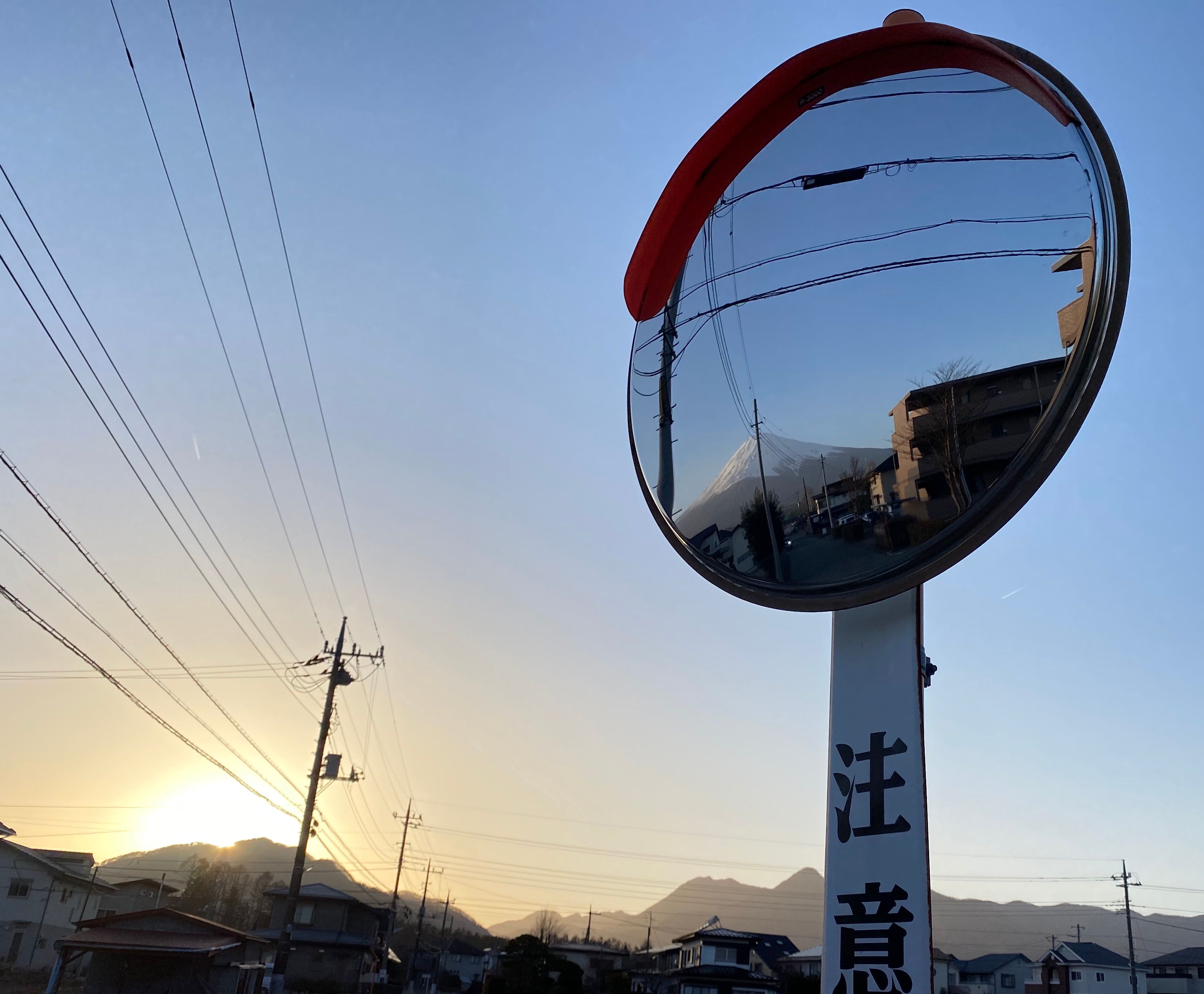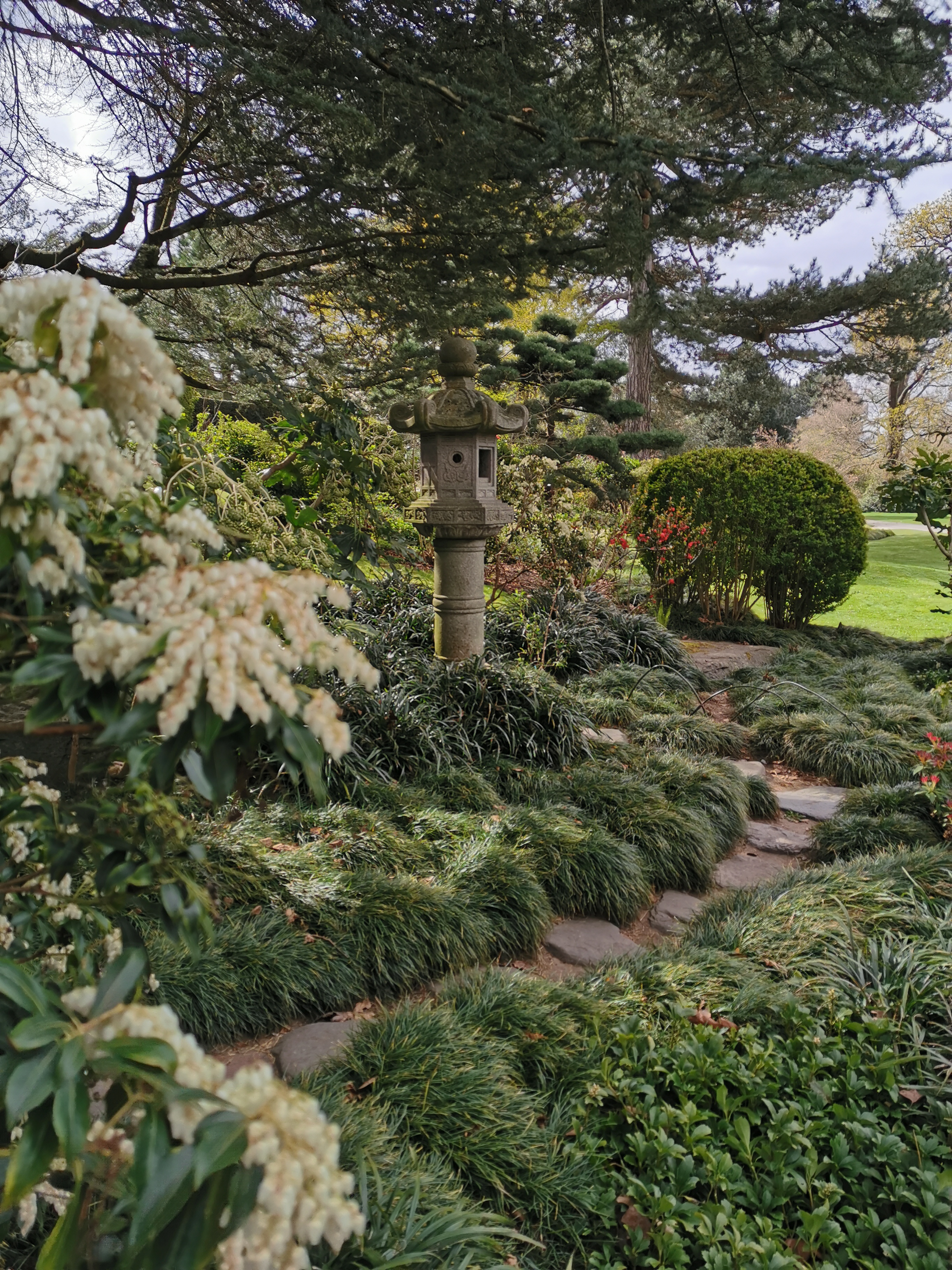
Hidden Christian Sites around Nagasaki including churches and a castle have been newly inscribed onto UNESCO’s World Heritage list.
UNESCO’s World Heritage Committee, which has been meeting in Manama, Bahrain, since 24 June, added four new sites to the list on 30 June, including Hidden Christian Sites in the Nagasaki region in southern Japan.
Entitled “Hidden Christian Sites in the Nagasaki Region (Japan)”, the newly inscribed group of Japanese sites is located in the north-western part of Kyushu island and has twelve components consisting of ten villages, a castle and a cathedral, all built between the 16th and 19th centuries.
Together the sites reflect the earliest activities of Christian missionaries and settlers in Japan, from the first phase of encounter, followed by the phase of prohibition and persecution of the Christian faith, and the final phase of the revitalization of Christian communities after the lifting of prohibition in 1873. According to UNESCO, the sites “bear unique testimony to a cultural tradition nurtured by hidden Christians in the Nagasaki region who secretly transmitted their faith during the period of prohibition from the 17th to the 19th century”.

The key sites in the new group include:
- Ōura Church in Nagasaki, the oldest surviving church in Japan, which is already designated as a national treasure
- The remains of Hara Castle, where Christian farmers were besieged during the Shimabara-Amakusa Rebellion of 1637–38, which led to establishment of a national policy of seclusion (sakoku)
- Sakitsu village in Amakusa in Kumamoto prefecture, a fishing village where Christians continued to practice their faith in secret despite persecution during the Edo Period (1603-1868) under the rule of the Tokugawa shogunate
In May, the Paris-based International Council on Monuments and Sites (ICOMOS), an advisory body to UNESCO, recommended that the hidden Christian cultural sites in Nagasaki and Kumamoto prefectures be added to the list.
The sites were finally selected from among 28 candidates for new World Heritage sites reviewed by the UN’s World Heritage Committee during its four day meeting in Bahrain. Together the new Japanese sites are the 18th cultural heritage site in Japan to join the World Heritage list - or the 22nd sites if World Natural Heritage sites are also included.

The inscription of new sites concluded on 1 July, with the 42nd session of the World Heritage Committee in session until 4 July, 2018. Local residents, government officials and Christian congregation leaders in Nagasaki and Kumamoto celebrated the news by setting off firecrackers, scattering confetti and chanting traditional prayers handed down over the generations.
Nagasaki Governor, Hodo Nakamura said in a prepared statement that he hoped the new inscription would instill a sense of pride in local residents while also boosting the local economy through tourism and preservation activities. “We would like to give pride to residents and excitement to visitors through this heritage by engaging in preservation of the sites and revitalization of the region.”

















































